Key features
Today’s review will introduce you to the CPS RZ620 cooler from the Asian company PCCooler, which is the first product of this company that is about to hit the European market. This cooler falls into the premium class and thus should offer high cooling efficiency. However, it should be available at a relatively low price and thus offer an interesting price-performance ratio. I am therefore curious to see how it performs in stress tests.
Key features of the cooler
In terms of design, the CPS RZ620 is a classic dual-tower cooler of a symmetrical build. Two bundles of aluminum fins are connected by six 6 mm diameter copper heatpipes that dissipate heat from a copper base with a nickel-plated coldpate. Also part of the base is a sturdy crossbar with installation screws whose correct pressure is ensured by integrated springs. Overall, the workmanship of the entire cooler is of a very high standard and at first glance, it does not appear that the manufacturer has skimped unnecessarily.
Each tower is cooled by a single 120mm fan with a frame equipped with rubber pads to eliminate vibration. The fans are attached to the cooler with classic metal clips and each fan features minimalistic, non-distracting symbols showing the direction of impeller rotation and airflow. To optimize airflow and improve the acoustics of the entire cooler, both outer surfaces of the heatsink are provided with a serrated fin edge profile.
There is barely enough space between the two towers for the fan, which requires a bit of dexterity when installing, but at the same time does not cause unnecessary loss of air pressure behind the front tower and thus a decrease in the overall efficiency of the cooler. The top surfaces of both towers are fitted with aluminum covers, under which the ends of the heatpipes are hidden. However, these covers primarily serve a decorative function with interesting geometric elements in the corners that contrast with the unobtrusive manufacturer logos.
Inside the box, the RZ620 cooler is wrapped in a generously proportioned foam padding with cutouts for the heatsink and fans. The space between the heatsink towers is filled with a cardboard box containing all the necessary accessories for installation. Given the design of the cooler, some sort of longer shank screwdriver wouldn’t hurt here, but then again I understand that the manufacturer needed to lower the price to make their product more competitive. The universal mounting system for both Intel and AMD processors is complemented by a tube of EX90 thermal paste, the volume of which is enough for several applications. All this is rounded off by a speed controller for the fans, the function of which I discuss in detail in the following chapter under the parameters of the supplied fans.
Thanks to the universal system, mounting the cooler is really easy. For Intel processors, use the supplied backplate, AMD users can get by with the one supplied with the motherboard. However, the tightening nuts for attaching the crossbars to the posts could have been larger, and if you have larger hands like me, they will feel tiny and be a little harder to handle.
Cooler and fan parameters
The RZ620’s dimensions do not stand out from other similar dual-tower coolers with a pair of 120mm fans. With a height of under 160mm, it fits comfortably in most standard cases, and the maximum supported RAM height of 43mm also gives you some freedom in RAM selection without having to move the front fan to a higher position. With a price tag of 75 EUR, it’s also not an overly expensive product, especially if it shows solid results in tests and isn’t too noisy.
| Cooler | PCCooler CPS RZ620 | DeepCool AK620 | Scythe Fuma 3 | |
| Supported sockets | DeepCool Assassin III | DeepCool AK400 ZDP | ||
| Supported sockets | Intel LGA 115x, 1200, 1700, 20xx; AMD AM4/AM5 | Intel LGA 115x, 1200, 1700, 20xx; AMD AM4/AM5 | ||
| Height | 158 mm | 160 mm | 154 mm | |
| Width | 130 mm | 129 mm | 138 mm | |
| Depth with fan | 143 mm | 138 mm | 128 mm | |
| Weight | 1400 g | 1456 g | 1095 g | |
| Maximum RAM height | acc. to the front fan position (keep an eye on the total height of the cooler) | no restrictions | ||
| MSRP | € 70 | € 65 | € 53 |
According to the specifications, the fans used are clearly oriented for higher static pressure, which is quite logical given the dense fin bundle. It’ll be interesting to see to what extent acoustic optimization of their operation was also successful. The included controller for these fans has a rather odd combination of a trio of modes. In Silent mode, the fans run at a fixed 1800rpm, which unfortunately can hardly be described as silent operation just because of the aerodynamic noise. Turbo mode then locks the speed at 2200 rpm. In Performance mode, you have regular PWM control in the range of 500–2000 rpm. Personally, I would be inclined not to use this controller at all (this is how I tested the cooler as well, with the included controller it was just an extra hassle). I would rather recommend to use PWM control directly from the motherboard, or adjust the t/rpm curve in software (for example in the very nice Fan Control application).
| Fan | PCCooler CPS F5 R120 | DeepCool TF-120 | Scythe Kaze Flex II 120/120 Slim | |
| Bearing | Fluctus 140 OS PWM | Fluctus 120 L PWM | Fluctus 140 ARGB PWM | |
| Bearings | FDB | |||
| Max. speed | 1800/500–2000/2200 rpm | 500–1850 rpm | 300–1500 rpm | |
| Max static pressure | 116.5/132.7/147,3 m3/h | 117.2 m3/h | 114.9/67 m3/h | |
| Max. airflow | 2.1/2.6/3.2 mm H2O | 2.19 mm H2O | 1.50/0.96 mm H2O |
- Contents
- Key features
- Measurement methodology
- Results – 39 dBA
- Results – 42 dBA
- Results – 45 dBA
- Results – 48 dBA
- Results – maximum speed
- Spectral analysis of noise
- Conclusion and evaluation






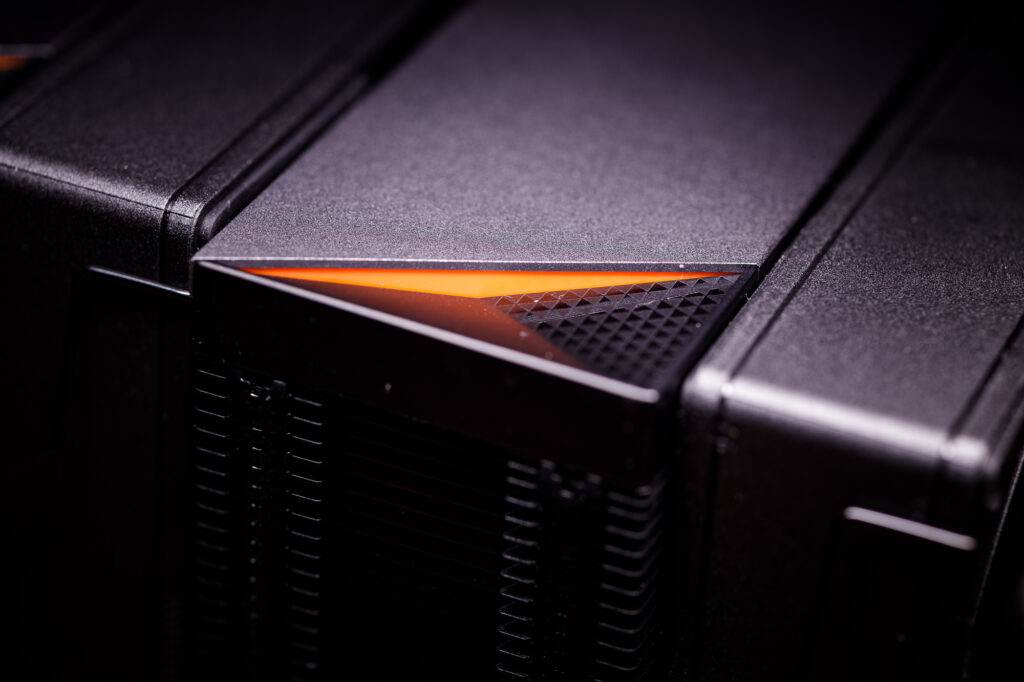
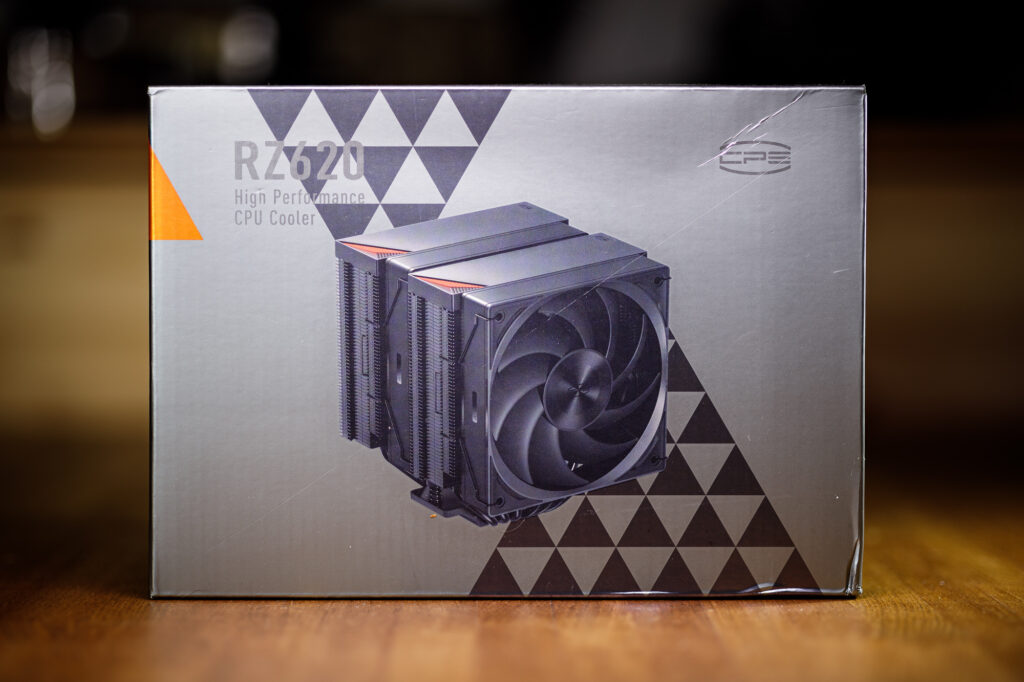
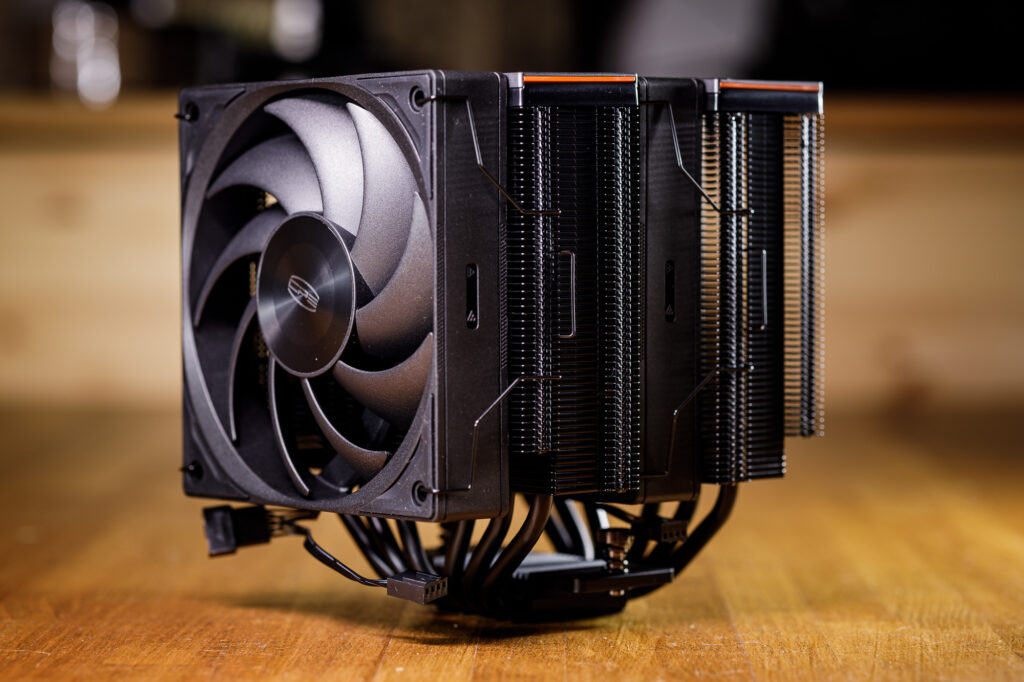

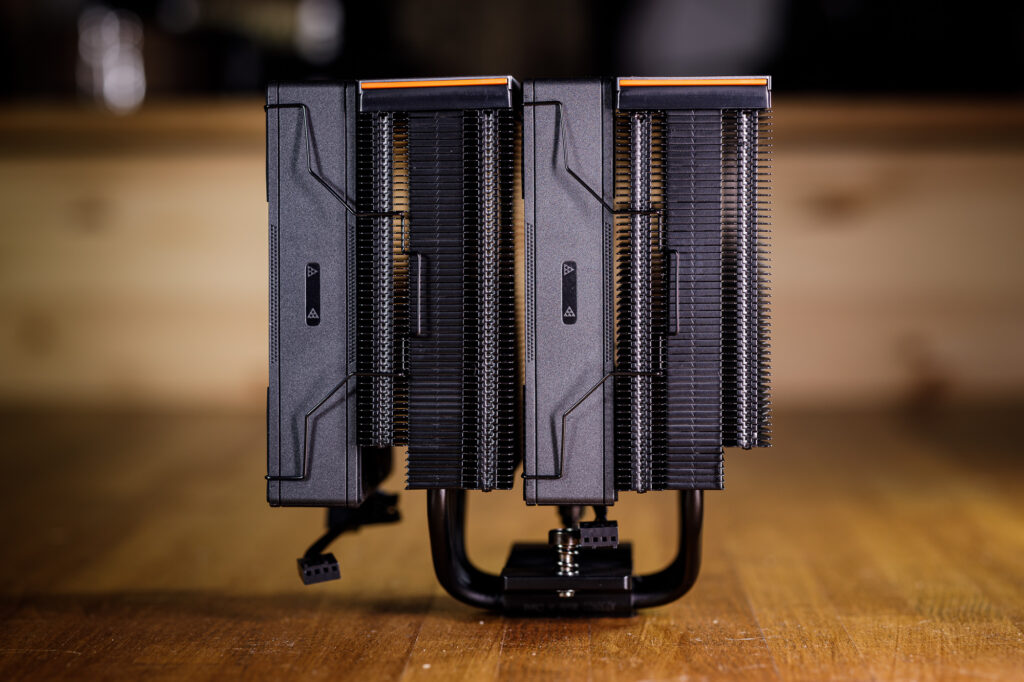
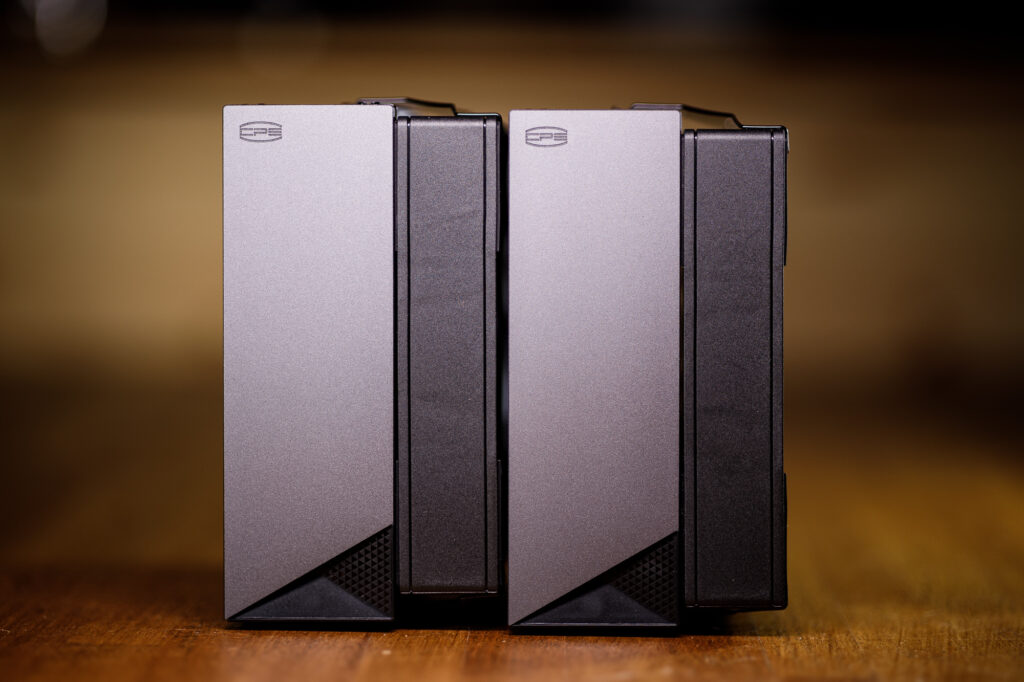

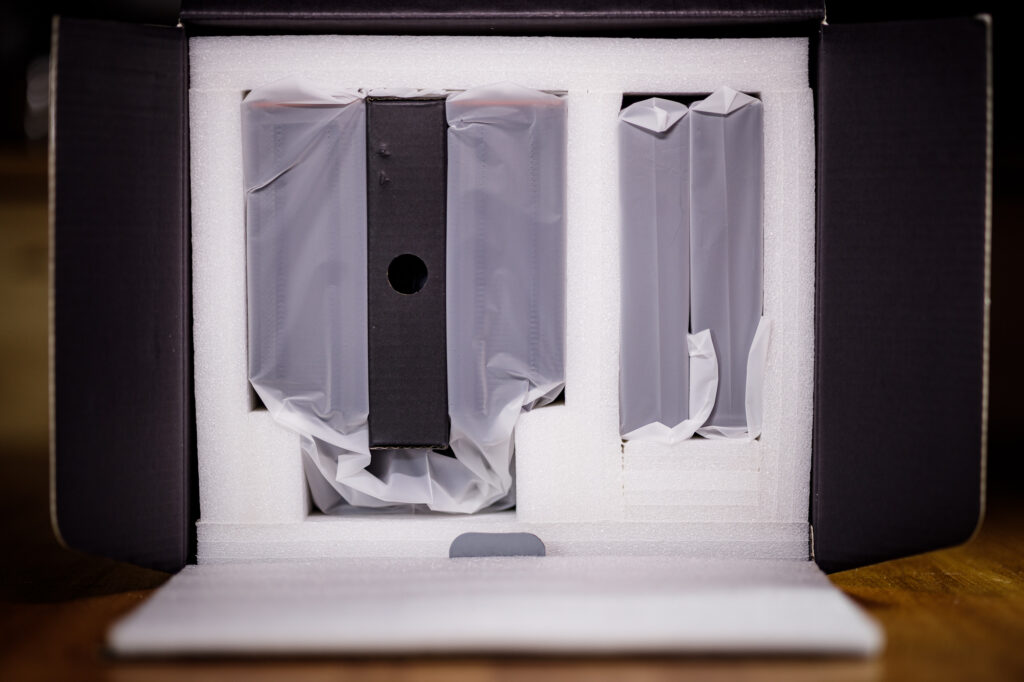
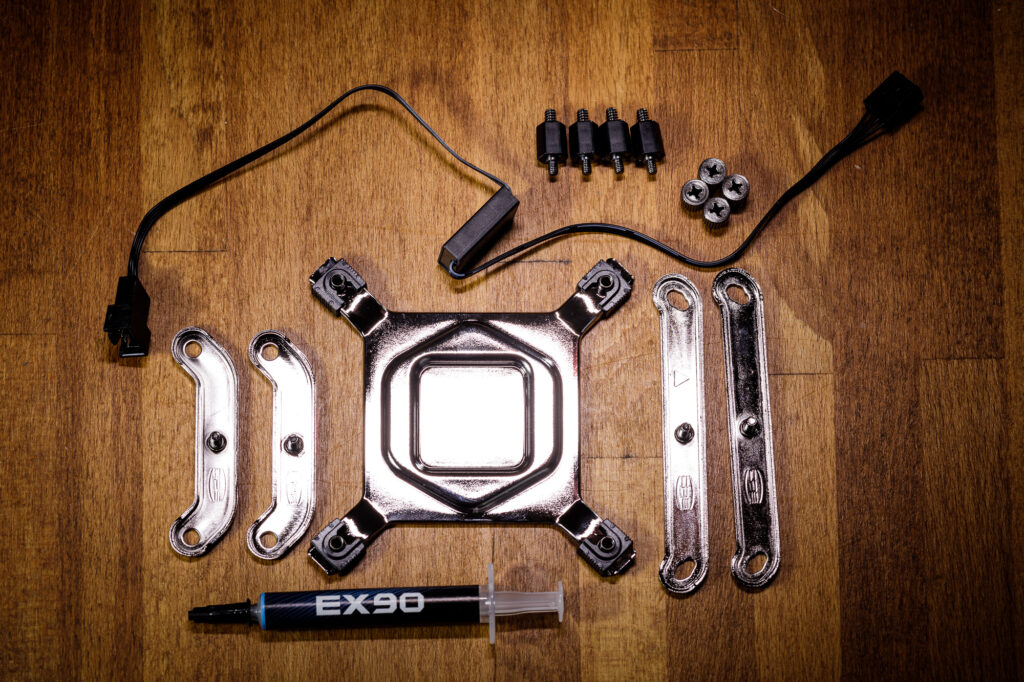






We are so happy that HWCooling likes our product! We have spent a lot of time crafting it, and we really thank HWCooling for thorough analysis on our product.
Hereby we prensent an exclusive redeem code for HWCooling audience.
↓Click the link below and there would be an immediate 20% discount
RZ620 BLACK https://www.amazon.com/promocode/A1JYP3SPZMI6EU
RZ620 WHITE https://www.amazon.com/promocode/A2NO6ML3RP5RYF
Now that we can see how well the F5 R120 performs, it would seem that the passive components of this cooler have lots of room for improvement.
Who knows to what extent the efficiency of this is dependent on the platform used. PCCooler claims that the RZ620 cooler is downright optimized for LGA 1700. The emphasis they place on this aspect is almost “fanatical” (in the best sense of the word, no pejorative). So it’s possible that this cooler will end up in a relatively lower placement on platforms other than LGA 1700. However, we can neither confirm nor deny this responsibly from our data. Anyway, this is probably something to be aware of when evaluating a heatsink.